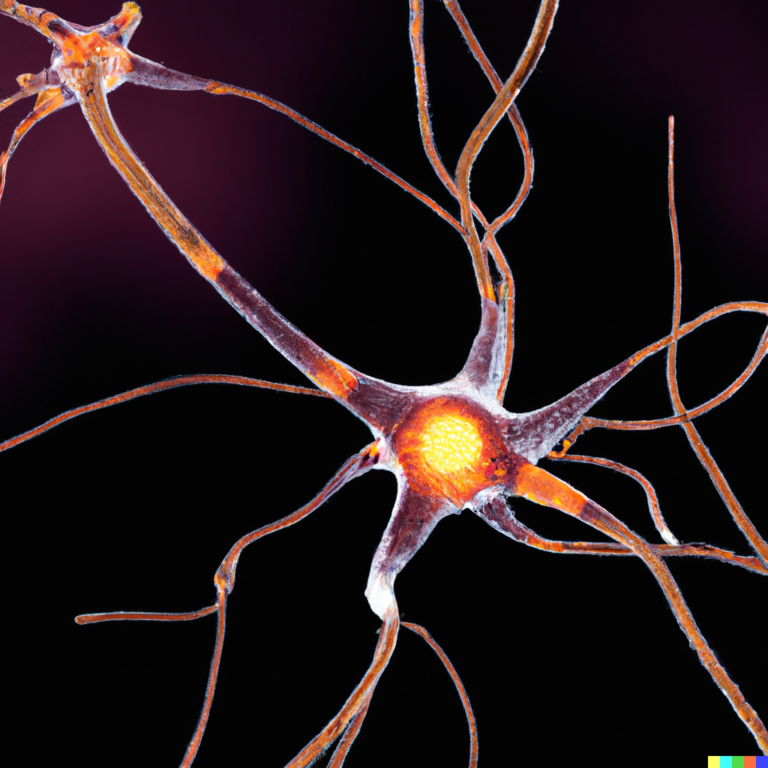Cognitive communication disorders, also known as cognitive-linguistic disorders, are a group of conditions that affect an individual’s ability to communicate effectively. These disorders can occur due to various reasons, such as brain injuries, strokes, degenerative diseases, or developmental disorders. They can impact both spoken and written communication, as well as other cognitive skills like problem-solving and memory. In this article, we will explore some common examples of cognitive communication disorders and their effects on an individual’s daily life.
1. Aphasia:
Aphasia is a language disorder that affects an individual’s ability to understand and express language. It is often caused by a stroke or brain injury that damages the areas of the brain responsible for language processing. There are two main types of aphasia: expressive aphasia and receptive aphasia.
Expressive aphasia, also known as Broca’s aphasia, affects an individual’s ability to produce language. They may struggle with finding the right words, forming sentences, and expressing their thoughts coherently. On the other hand, receptive aphasia, also known as Wernicke’s aphasia, impacts an individual’s ability to comprehend spoken or written language. They may have difficulty understanding what others are saying or have trouble reading and comprehending written text.
2. Dysarthria:
Dysarthria is a motor speech disorder that occurs due to weakness or paralysis of the muscles used for speech production. This condition can result from a variety of neurological conditions, such as stroke, traumatic brain injury, or Parkinson’s disease. Individuals with dysarthria may have slurred or mumbled speech and difficulty controlling the pitch, volume, and rhythm of their voice.
3. Cognitive-Communication Disorder:
Cognitive-communication disorder (CCD) is a broad term used to describe a range of communication difficulties caused by a decline in cognitive abilities. This can include difficulties with memory, attention, problem-solving, and reasoning, which can impact an individual’s ability to communicate effectively. CCD can occur due to degenerative conditions like Alzheimer’s disease, traumatic brain injury, or stroke.
4. Developmental Language Disorder:
Developmental language disorder (DLD) is a communication disorder that affects children’s language development. It is estimated that 7-10% of children have some form of DLD, making it one of the most common childhood disorders. Children with DLD may have difficulties with vocabulary, grammar, and understanding and using language in social contexts. They may also struggle with reading and writing skills.
5. Traumatic Brain Injury (TBI):
A traumatic brain injury (TBI) occurs when the brain experiences physical damage due to a blow or jolt to the head. This can affect various cognitive functions, including communication. Depending on the severity and location of the injury, individuals with TBI may experience difficulty with speech, understanding language, or expressing their thoughts coherently. Some may also have trouble with memory and problem-solving skills.
6. Dementia:
Dementia is a general term used to describe a decline in cognitive function severe enough to interfere with daily activities. It is most commonly associated with memory loss and difficulty with thinking, problem-solving, and language. As dementia progresses, individuals may experience significant communication difficulties, such as difficulty finding the right words, using complex sentences, or understanding others.
Effects of Cognitive Communication Disorders:
Cognitive communication disorders can have a significant impact on an individual’s daily life. They can affect their ability to socialize, perform daily tasks, and engage in meaningful activities. In addition to communication difficulties, individuals may also experience frustration, anxiety, and depression due to their condition.
Treatment for Cognitive Communication Disorders:
The treatment for cognitive communication disorders depends on the underlying cause and the severity of the disorder. Speech therapy is a common treatment approach that focuses on improving an individual’s communication skills through various techniques, such as language exercises, memory strategies, and communication aids. In some cases, medication and other supportive therapies may also be prescribed.
In conclusion, cognitive communication disorders can significantly impact an individual’s ability to communicate and engage in daily activities. By understanding the different types of cognitive communication disorders and their effects, we can work towards better support and treatment for those affected by these conditions. If you or a loved one is experiencing communication difficulties, it is essential to seek help from a professional to determine the cause and develop a personalized treatment plan. With proper support and treatment, individuals with cognitive communication disorders can improve their communication skills and lead a fulfilling life.





